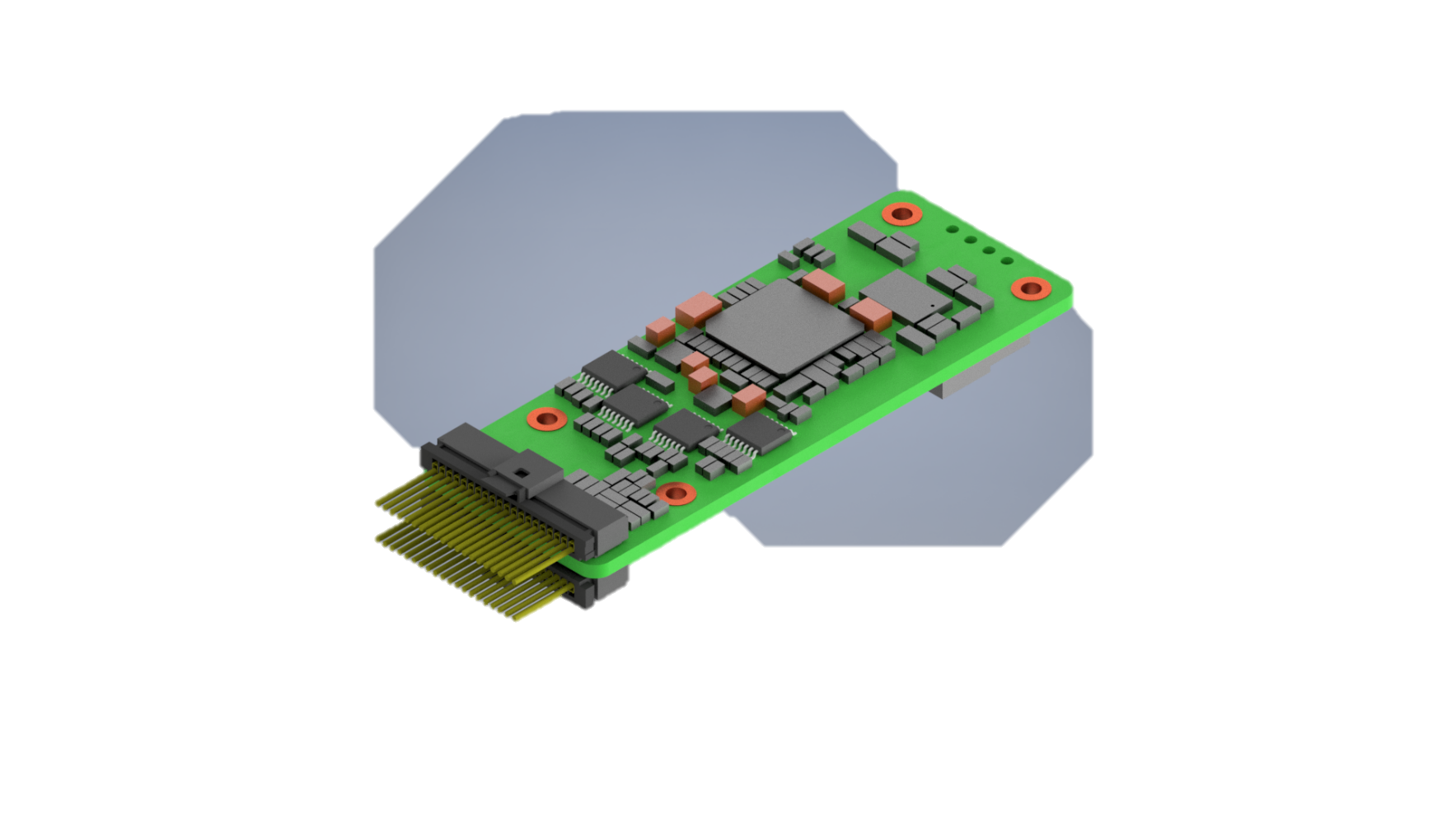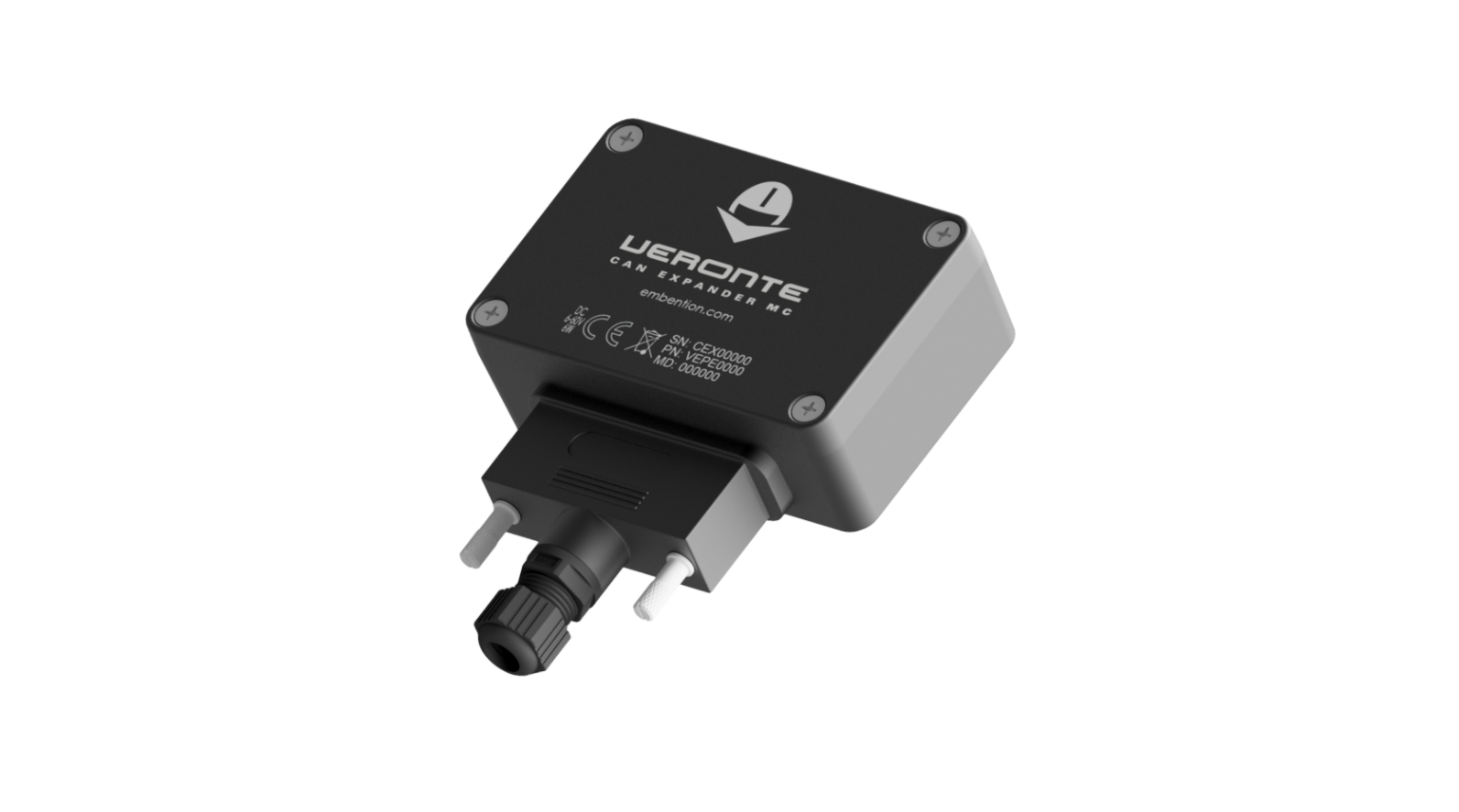Veronte CAN Expander¶
General Description¶
Veronte CAN Expander stands as a powerful peripheral to ease the reduction of wire in autonomous vehicles at the time it permits to increase the number of devices in the system. It makes possible to relocate and to group sensors, actuators, payloads, motor controllers… enhancing the I/O connectivity in the Veronte Autopilot. With its easy integration, Veronte CAN Expander becomes a quick solution for increasing connectivity capacity and allowing wiring optimization, especially in large systems.

Veronte CEX

Veronte CEM
Wiring Optimization¶
It is especially in large vehicles, where wire optimization plays a critical role permitting a significant weight reduction. This upgrade is achieved thanks to the reduction of cable length and because of the added flexibility so the right device can be installed in the right location. Another advantage of the use of Veronte CAN Expander is the robustness of the CAN Bus, being resistant to electromagnetic interferences and permitting the installation of long cables with no signal loss. Furthermore, it includes redundancy with CAN bus isolation, making it fail operational even in case of a CAN bus line break.
Enhanced I/O¶
With the use of Veronte CAN Expander, the data capacity for input and output in Veronte Autopilots is increased in a great manner. The advanced design makes possible to control several peripherals (PWM, UART, Digital Output, I2C, Analog Inputs…) through the CAN Bus. It can be used for both, expanding the I/O capacity in Veronte Autopilot, or for controlling peripherals with a robust communications protocol. In case it is needed, several CAN Expander boards can be installed in the same network for increasing the number of I/O ports or because of system architecture needs.
Applications¶
In aviation, a field where weight means such an important agent in design, struggling with wiring is one of the most common issues faced during the vehicle design. With the use of Veronte CAN Expander, not only this issue would be reduced, but a bunch of opportunities for different sensors and payload could arise:
By adding more I/O interfaces, a more complex payload control can be achieved, improving connectivity.
Advanced control of actuators and peripherals becomes feasible, being possible to condensate the connection of control, feedback, sensors… in a single board.
Devices can be installed at long distances from the autopilot with no signal degradation thanks to the robustness of the CAN Bus.
